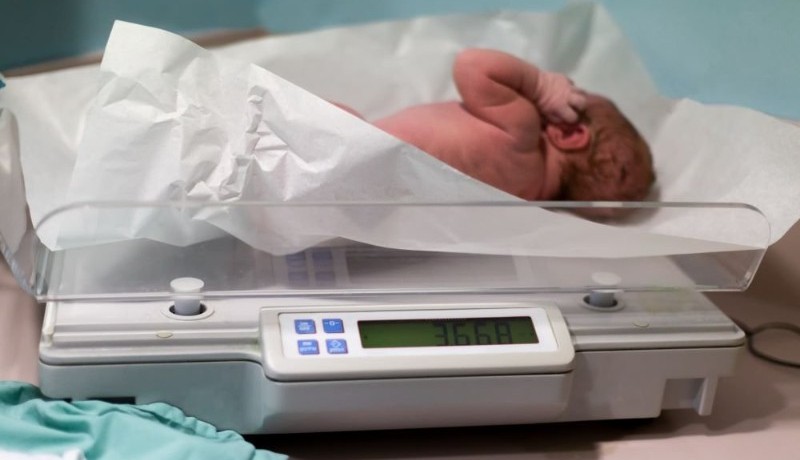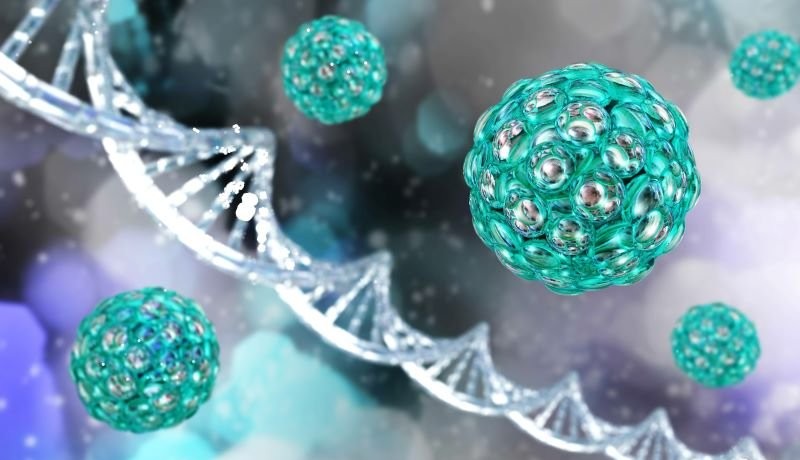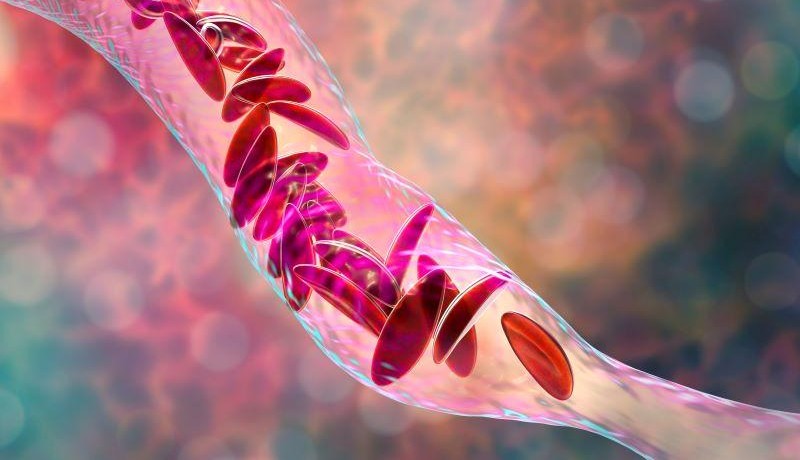Diabetes mellitus affects the pharmacokinetics of cytochrome P450 3A4/5 (CYP3A4/5) substrates. We evaluated the relationship between hemoglobin A1c (HbA1c) levels and the pharmacokinetics of controlled-release tacrolimus.
This retrospective observational cohort study included kidney transplant recipients (>18 years) with controlled-release tacrolimus orally. CYP3A5 genotypes were categorized as expressers (*1/*1 or *1/*3) and non-expressers (*3/*3). Multiple linear regression analysis determined the predictors for trough concentration/dose-normalized body weight (C/D) ratio of tacrolimus at 7 days, 6 months, and 12 months after administration. Correlations between the C/D ratio and HbA1c levels at baseline and 6 and 12 months after tacrolimus initiation were evaluated with Bonferroni correction.
Out of 42 patients (CYP3A5 expressers, n=17, and non-expressers, n=25), the multiple linear regression analysis showed that the C/D ratio on day 7 was marginally higher in CYP3A5 non-expressers than in CYP3A5 expressers (r=0.43, p=0.028). Factors impacting the elevation of tacrolimus C/D ratio after 6 and 12 months of treatment were male sex and CYP3A5 non-expressers (r=0.59, p<0.001) and increased HbA1c levels and CYP3A5 non-expressers (r=0.62, p<0.001), respectively. The C/D ratio and HbA1c levels after 12 months was positively correlated in CYP3A5 non-expressers (y=54.6x-194.6, r=0.63, p=0.004, Bonferroni-correction). Furthermore, intra-individual changes in the C/D ratio and HbA1c levels from 6 to 12 months were nearly correlated (y=54.5x+20.2, r=0.41, p=0.036, Bonferroni-correction).
HbA1c and CYP3A5 genotypes might be considered to understand the inter- and intra-individual variability in blood tacrolimus concentrations after 6 months post kidney transplantation.
This article is protected by copyright. All rights reserved.















